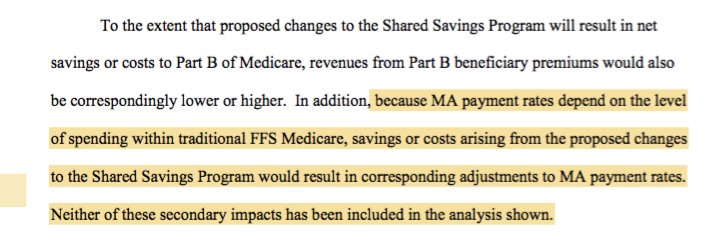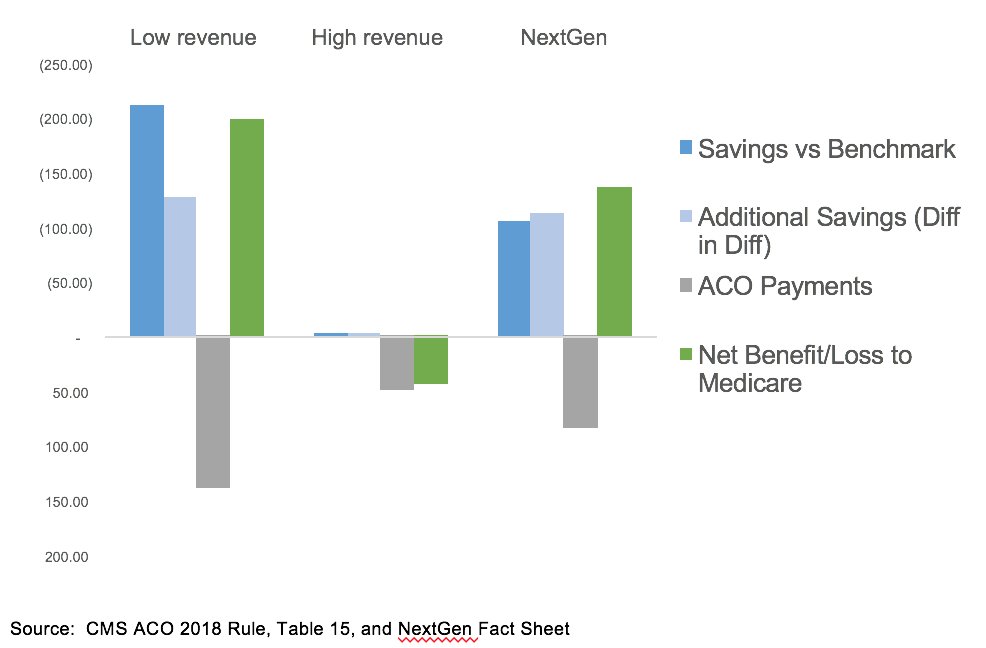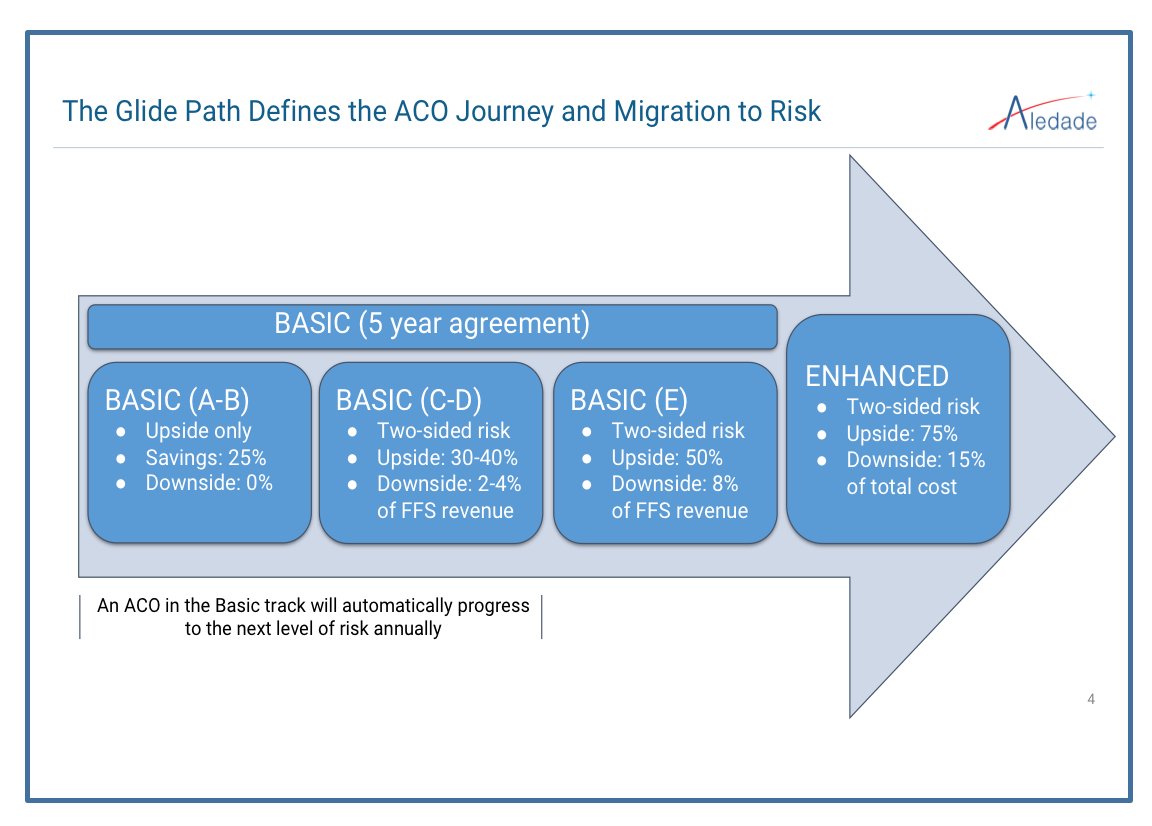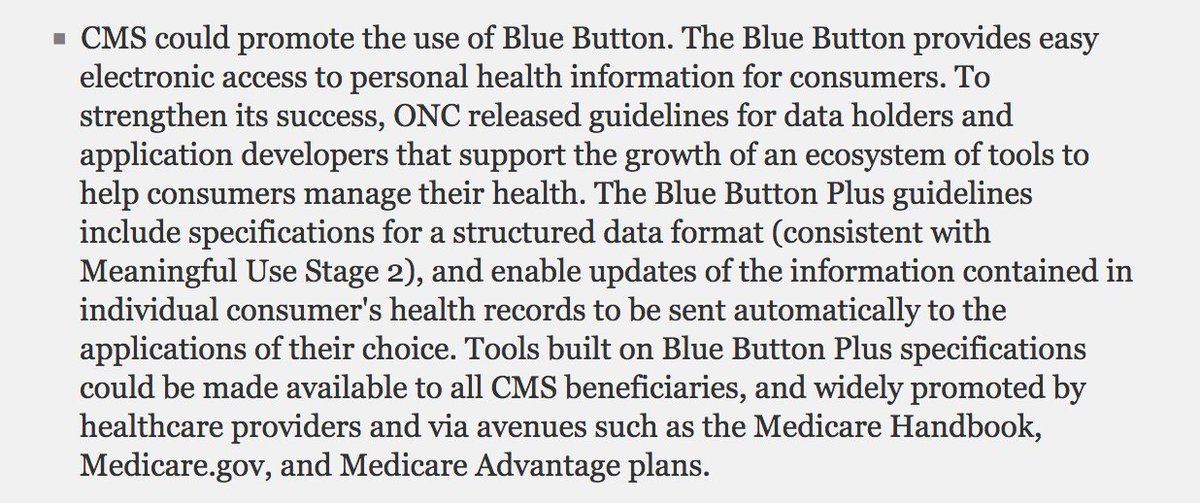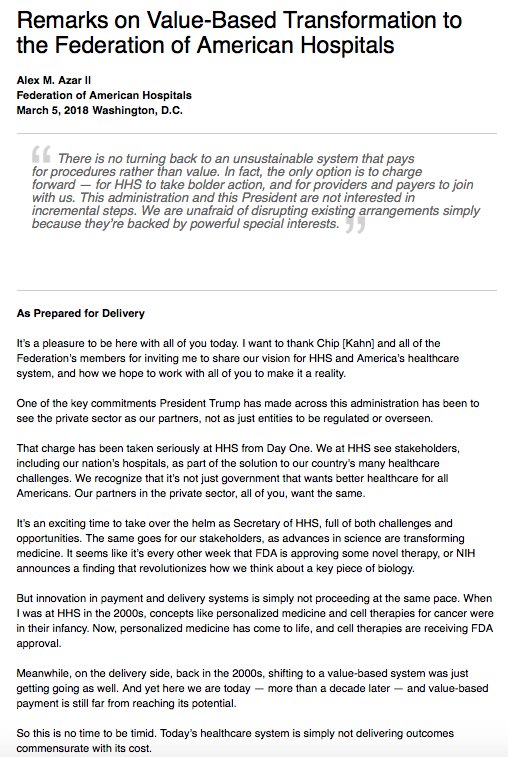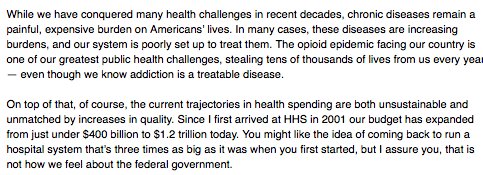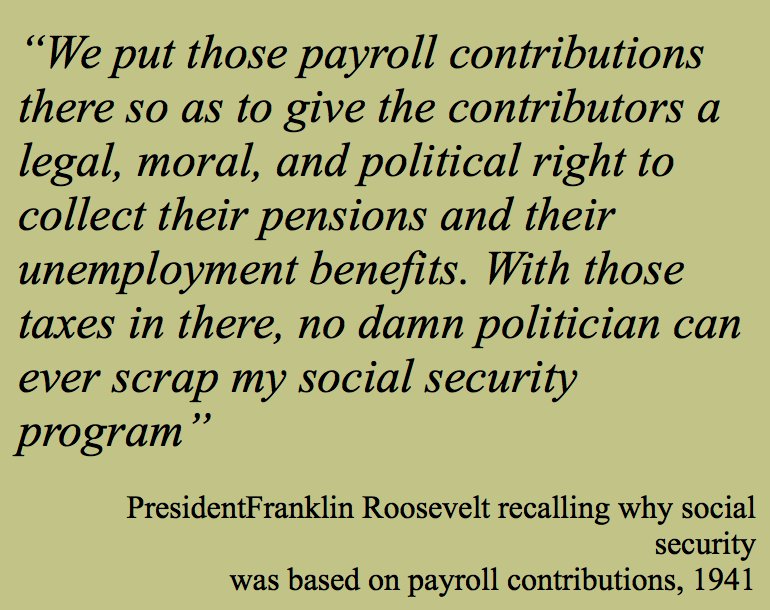There's lots of evidence that the benchmark under-estimates the savings produced. @JMichaelMcW et al have shown convincingly that a true "difference in difference" approach would show substantially higher net impact.
The green eyeshades folks at CMS OACT said add 60%
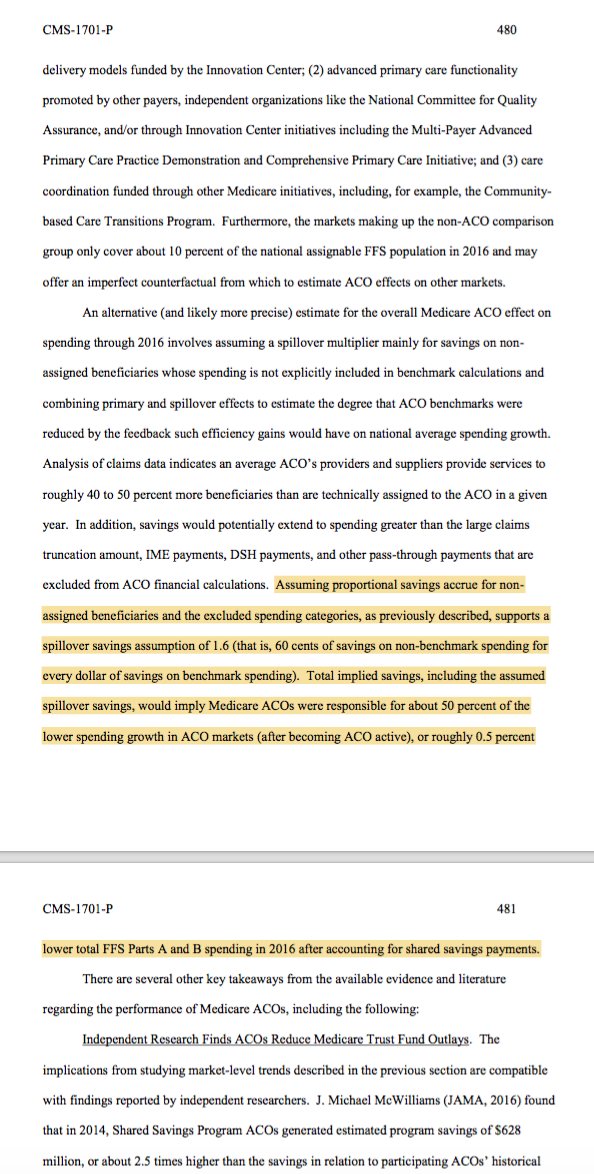
That does NOT count savings that come from lower costs to the taxpayer from Medicare Advantage rates that are keyed off FFS
(The Aledade average quality score applied was over 95%, and as high as 99.8% #GoKANSAS)
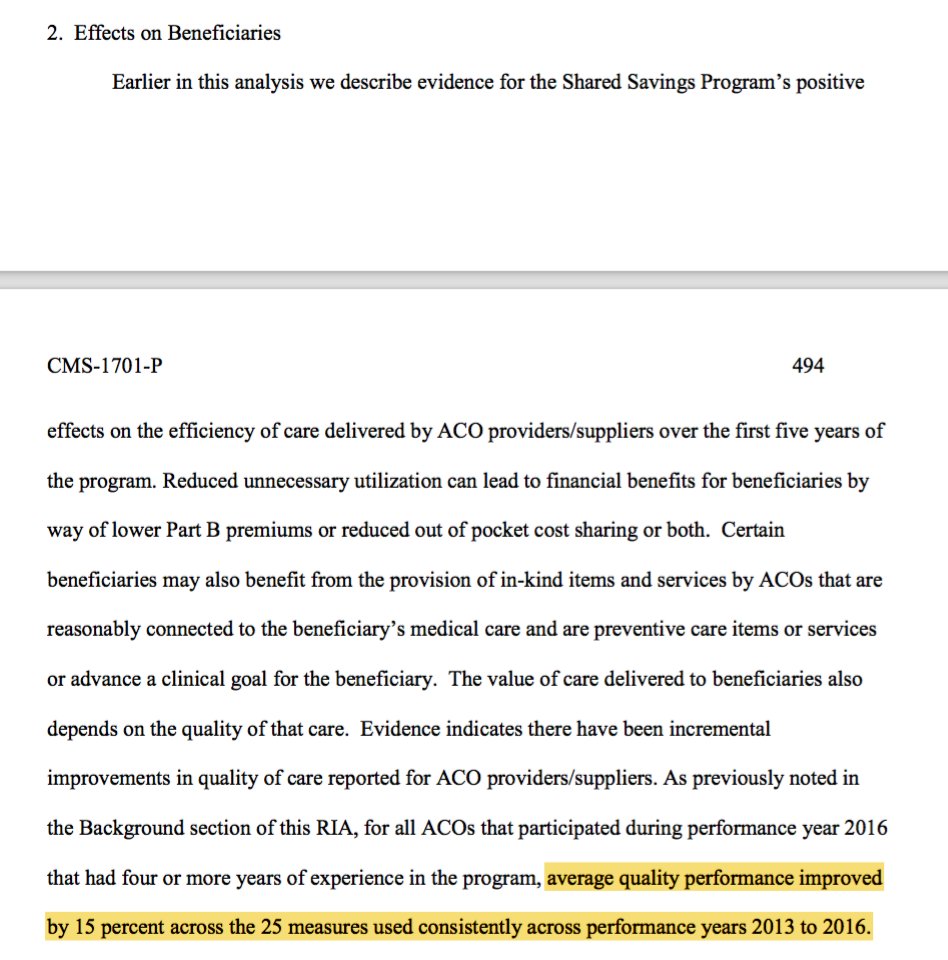
ACOs saved Medicare over a Billion dollars in 2017.
Cheaper than FFS, cheaper than MA.
And they did it without cutting payments to doctors or narrow networks
And they did it with higher patient quality.
That's called delivering what was promised
Best guess is that Track 2/3 generated 190M in savings (w 60% spillover) and received $95M (50%)
Track 1: $1.5B in savings, $685M in payments (44%)
(I'm still a believer in moving to 2-sided risk to help weed out ACO squatting)
It was critical to the success of several of our @AledadeACO
More commercial payors should do this!

That is also why @AledadeACO partners with independent physician practices, not hospitals like others do.
jamanetwork.com/journals/jama/…
Same pattern- 95% of the savings are coming from the ACOs that don't include hospitals.

If you're an independent practice seeing these results and the policy direction, why would you join a hospital ACO?
We are always very transparent with our results- even when things didn't go our way- to look for ways to be better, and to make policies better that are holding back broader success.
This article 2 years ago was full of pain. ajmc.com/journals/issue…
Only 1/7 freshmen ACOs made savings- but we have learned to set expectations- it's a long game.
But 5/8 ACOs that were sophomores or older will get checks.
And 2/3 that didn't get MSSP crushed it in commercial contracts.
We have increased wellness visits, transitional care, and chronic care management- and that's translated into lower ED visits and readmissions
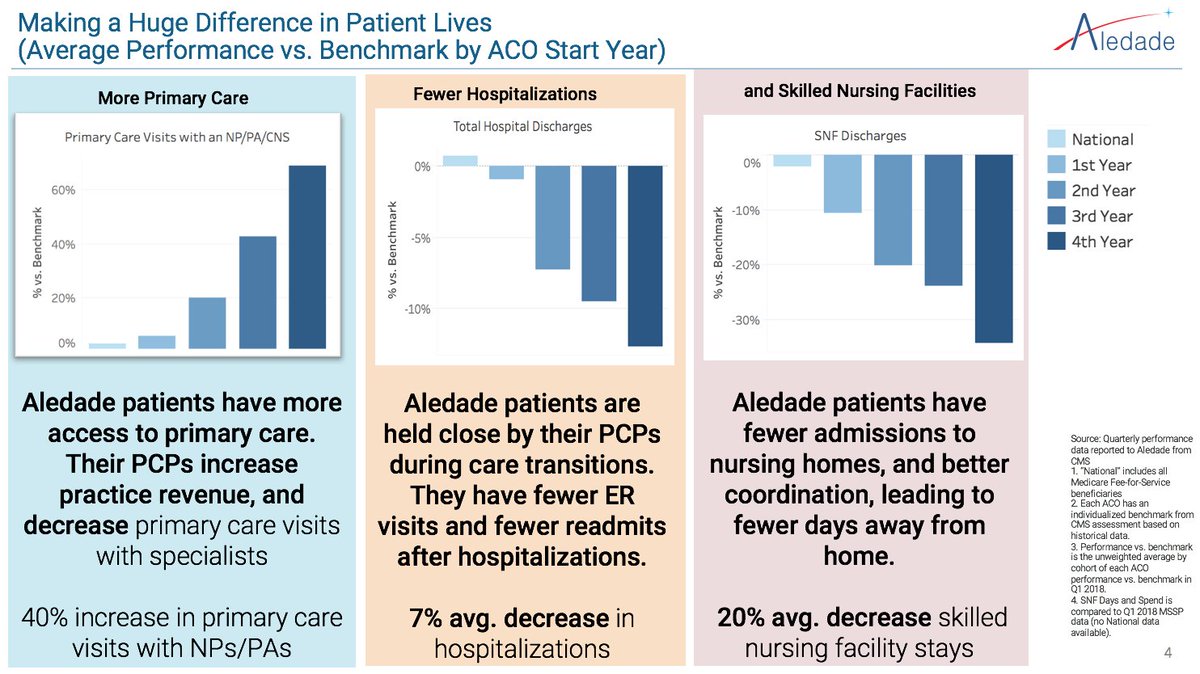
But the cap on risk adj (3% over 5 years?!) don't control for rising risk and introduces gaming on falling risk
Instead of a cap, do renormalization
Let's just take ACO benes out of the regional comparison please!
These caps, etc reduce ACO earnings- and ACO motivation/participation- and therefore reduced benefit to Medicare
Medicare hasn't behaved like some commercial payers who are still seeing zero sum. Let's hold onto that partnership

